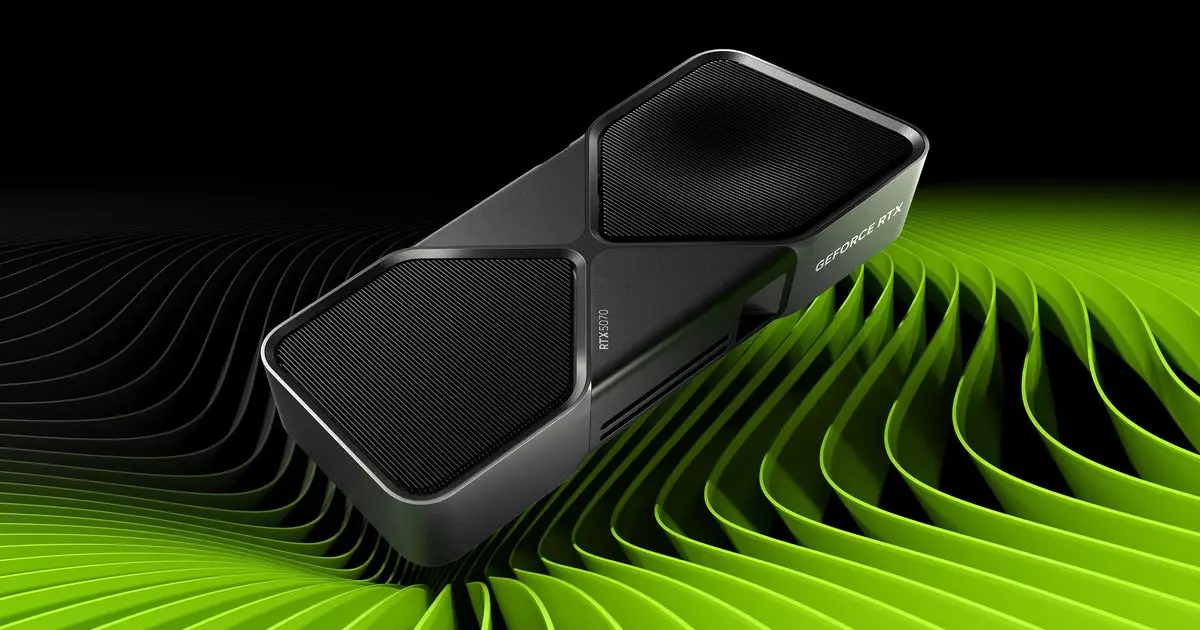Nvidia finds itself in a perplexing situation as it rolls out a series of GeForce driver hotfixes with unprecedented frequency. The recently released Hotfix Display Driver version 576.26 addresses myriad issues, particularly those plaguing the RTX 50 series graphics cards. The irony in this predicament is palpable; while users like myself may not have experienced substantial failures during our reviews, the sheer volume of hotfixes suggests that something is amiss in the software development pipeline. Amidst various gaming experiences ranging from Black Myth: Wukong to Red Dead Redemption 2, the underlying instability has raised serious concerns.
This isn’t just a routine update; it’s a flashing warning light for Nvidia. The trend of pushing out these hotfixes every couple of weeks indicates a systemic issue rather than isolated bugs. In earlier generations of GeForce drivers, such rapid-fire fixes were a rarity, reserved for urgent situations, not commonplace occurrences. The spectrum of problems tackled—from startup crashes in Valorant with driver 572.24 to the debilitating black screen issues tied to 572.75—paints a troubling picture.
Software Stability Under Scrutiny
What’s particularly disconcerting is the fact that the RTX 50 line seems to be the primary target for these patches. If the most cutting-edge graphics cards are regularly encountering issues, what does that say about Nvidia’s software quality? The disillusionment amongst users has reverberated through forums, with the community voicing similar frustrations and delineating persistent problems connected to driver version 576.02, the last stable release. It’s clear that even Nvidia acknowledges the shortcomings of its drivers, despite its history of consistency in earlier generations.
Employing a reactive approach, the company seems to be scrambling to patch gaps rather than adopting a more proactive development strategy. Is this a consequence of rushing to market with new technology before the software has reached a level of maturity? It’s a question worth pondering. As expectations rise with each new release, Nvidia must also meet these heightened demands with reliable performance.
The Limits of User Experience
In my own experience while reviewing the RTX 50 cards, the performance varied, showcasing both impressive advancements and noticeable shortcomings. Still, as a singular perspective, it’s crucial to acknowledge that my hardware interactions don’t capture the broader community’s struggles. The issues raised within the Nvidia forum are significant; countless users report deficiencies, leading to frustrations that transcend individual reviews and have collective implications for Nvidia’s reputation.
Additionally, unlike traditional stable drivers, hotfixes require manual installation, adding another layer of complexity for the average user who may lack technical expertise. This might deter less-hardened gamers from even attempting to navigate Nvidia’s patch notes, and they could find themselves frustrated, perhaps even turning to competitors who present a more streamlined experience.
In a world where technology is advancing exponentially, the expectation for unwavering stability in high-performance hardware is non-negotiable. If Nvidia doesn’t regain control over their driver quality, its relationship with users may suffer lasting damage, undermining trust as the competition in the graphics market intensifies.

